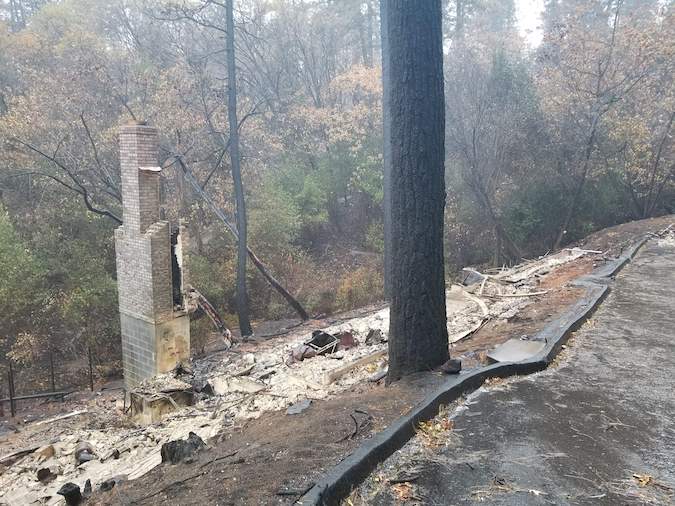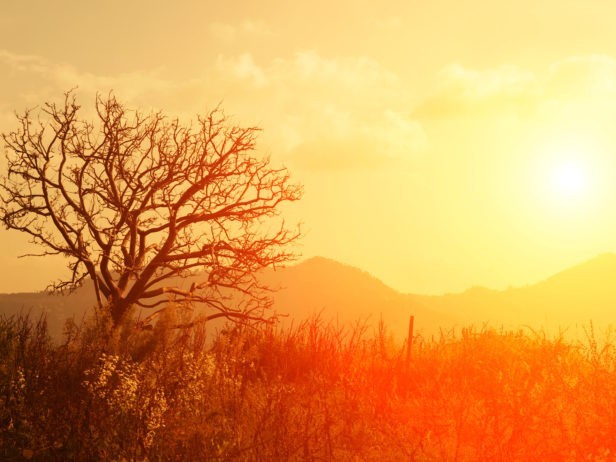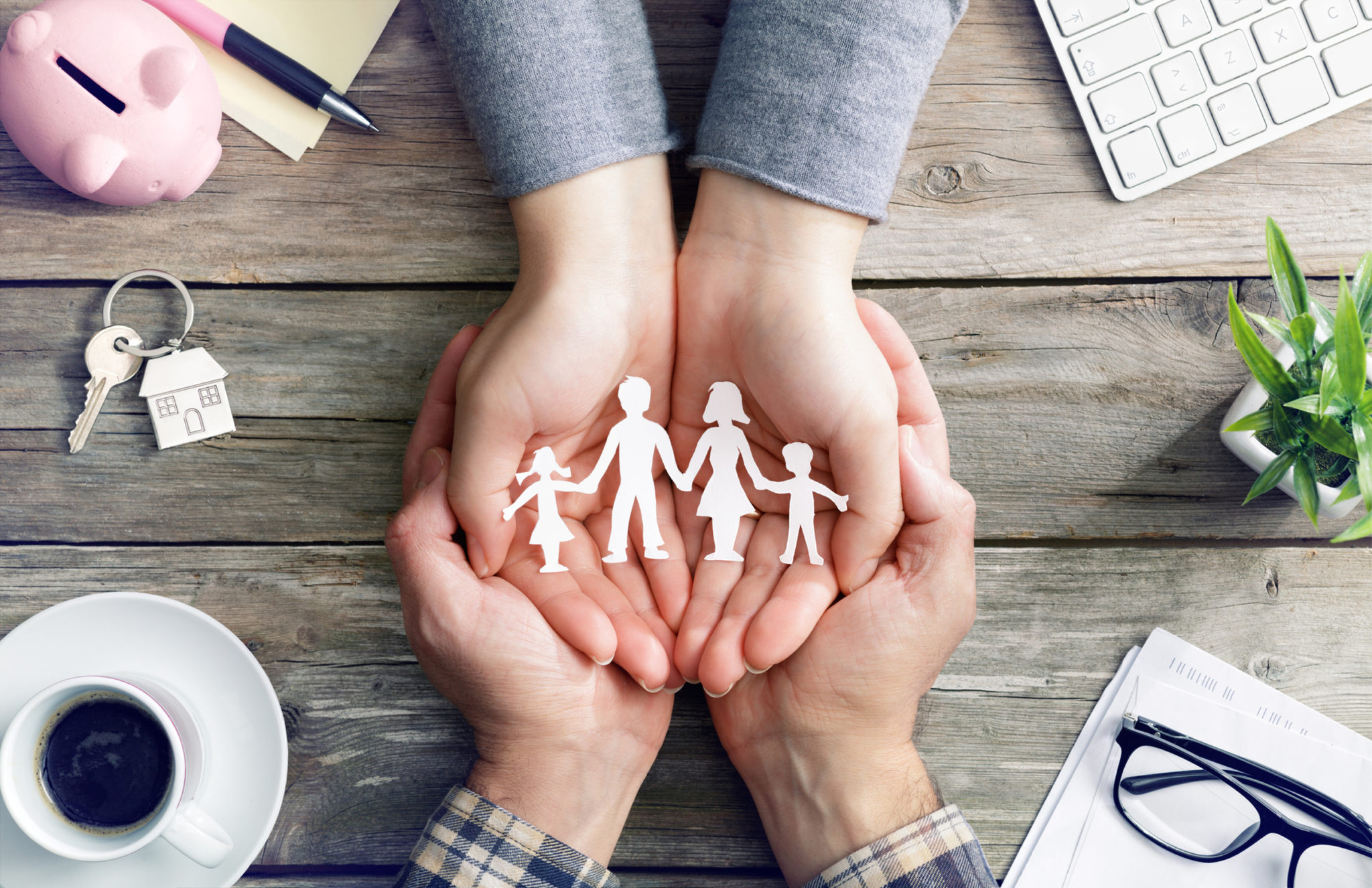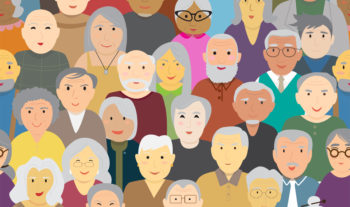Despite what Donald Trump says, climate change is real and it is related to human activities. It is also killing us NOW. Even though he buried his own administration’s climate change report because he didn’t like the findings, all of the rest of us can look around and see what is happening:
- Devastating fires in California fueled by strong winds and drought-affected trees and brush
- Rising sea levels due to melting glaciers
- Super typhoons and hurricanes and other types of extreme weather
I could go on and on, but what I really want to focus on in this story is the evidence that health consequences to us humans are not something that may happen in 2050 – they are already happening now. Here is a summary of what we know based on what I learned at the February 2017 Climate Change and Health Conference.
Related story: Enviromedics: How Climate Change is Killing Us Now
The Climate Change and Health Conference
The Climate Change and Health conference was held at the Carter Center in Atlanta in 2017. It hosted by former Vice President Al Gore and the American Public Health Association.
The goal of the conference was to lay out the scientific evidence that directly links climate change to adverse health events, such as infectious diseases, heat-related deaths, increases in asthma and allergies, and much, much more. The main takeaway of the conference was that the impact of climate change is not just bad weather, melting polar ice caps, and increases in sea level, rather,
it is clear that the environmental consequences of climate change are killing humans right now.
This is a Goldilocks planet
Former Vice President Al Gore opened his keynote address at the conference by reminding us what the late Carl Sagan said about our planet:
“This is a Goldilocks planet, not too hot like Venus, not too cold like Mars, but just right.”
He went on to say “Now that human beings have become the most powerful force of nature in affecting planetary conditions, we are pushing many people outside of the envelope in which we have evolved and in which we thrive.” There are places on earth now that are seeing increases in temperatures no longer compatible with human life.
Here is how we are doing it:
“We are using our atmosphere as an open sewer, dumping 110 million tons of man-made global warming pollution into it every 24 hours. The cumulative amount now traps as much heat every single day as would be released by 400,000 Hiroshima-class atomic bombs exploding every day.”
Climate change we can see
We are all experiencing what has been a profound change in climate in our lifetimes. I live in Northern California. Several years ago, I first noticed my tulip tree blooming in December after 30 years of blooming in February. And the harbinger of autumn in my yard, the fragrance of honeysuckle, now tickles my nose in July instead of late September. But that is the subtle stuff and it is not dangerous to humans.
This summer, ferocious wildfires burned across California wiping out neighborhoods, killing people in their homes, and leaving many thousands homeless. Just a few weeks ago, the worst fire in California history burned down the town of Paradise killing 88 with 203 still missing.

The remains of my friend’s house after the Paradise, California fire
A good friend got out with his dogs and a few photos, but his home burned to the ground. Many in the town were burned to death trying to escape in their cars or on foot. Others died in their homes. The skies around the San Francisco Bay Area filled with smoke that turned the skies an eerie yellow-grey and forced people to wear N95 masks or stay indoors for most of Thanksgiving week. It is unknown whether there will be long term health consequences as a result of the exposure to this toxic smoke.
The magnitude of global warming
What is alarming is the magnitude of global warming that has already happened. We were told at the conference that sixteen of the seventeen hottest years ever measured have occurred since 2001—the hottest year of all was 2016 – that was the third year in a row that we had an all-time record hot year. Climate change also affects humidity.
For some people, these statistics are a big yawn. They laughingly say global warming will bring them better weather or the accompanying sea level rise will change their landlocked home into a seaside property. Who cares? Some think this is only about plants, penguins, and polar bears…it’s a sacrifice we should make so that we can have cheap energy, more jobs, and a robust economy.
Each of those misunderstandings will be dealt with in later posts. But it is not what I want to focus on here because each of those consequences has elements of uncertainty; they may or may not take place in the future. Rather, I want to focus on harm to human health because it is happening right now. Climate change is already killing us.
Climate change and human health
I learned at the conference that there are many ways in which climate change is impacting human health. Here are some of the most important:
- Infectious diseases. Many of the microbes that cause human disease thrive in hot, humid climates. This is why they are more common in the tropics. What we are seeing now is that higher temperatures are driving some of the vectors of infectious diseases, such as mosquitoes that transmit diseases such as Zika and dengue, into new territories, including parts of the U.S. where they have not been seen before. Warmer climates also increase their reproduction rates and the frequency of them biting humans for their blood meals. There are a number of other ways in which climate change increases infectious disease outbreaks that you can learn about here. But suffice it to say that even if the spread of infectious disease was the only impact on human health, it would be bad enough. Just think back to how you felt when you first learned that Zika was now in the United States.
- Extreme-weather related events. Extreme weather, such as wild storms and severe droughts Northern California and heat waves in Australia, Pakistan, India, and even the U.S., are not just an inconvenience, they are deadly. According to conference presenter, Dr. Kim Knowlton from the Natural Resources Defense Council and Mailman School of Public Health at Columbia University,
“Heat waves…are the #1 cause of U.S. weather fatalities on average over the last 30 years, causing more deaths than tornadoes, floods, and lightening.”
She went on to say that there are between 670-1,300 heat-related deaths annually in recent years, and 65,000 heat-related emergency department visits in the U.S./year. Over 700 people died in the 1995 Chicago heat wave; a 2003 European heat wave led to 70,000 excess deaths; and a 2006 California heat wave saw ~16,000 more ER visits than expected.
Mark Keim, MD, MBA, Founder of DisasterDoc, also a speaker, showed evidence that the annual incidence of natural disasters appears to be rising worldwide. One category of natural disaster—those related to extreme weather events, such as hurricanes, tornadoes, and heat waves—have accounted for 41% of all disaster-related deaths between 1964-2013, exceeded only by geologic disasters (e.g., earthquakes). Although we usually think of floods as a major cause of disaster-related deaths, in fact, extreme drought accounts for about 60% of climate-related deaths compared to 35% for floods. Storms account for about 5% of these deaths.
- Failures of nutrition. In the U.S. and other “lands of plenty,” we rarely think about crop failures anymore unless they lead to big jumps in prices that catch our attention, like the recent jump in the price of olive oil. But, Dr. Sam Myers, Senior Research Scientist at Harvard T.H. Chan School of Public Health, points out that failures of nutrition drive more deaths and disability around the world than any other risk factor. And, climate change is threatening the quantities and quality of food we produce as well as the locations of where it is produced. Changes in CO2 levels, temperature, precipitation, pests, pathogens and pollinators (e.g., bees), and heat-related labor issues are all threatening crop yields and even nutritional value of those plant-based foods, particularly iron, zinc, and protein. As Dr. Myers pointed out, ten years ago when the conversation about the impacts of climate change first got serious, we weren’t anticipating that changes in the nutritional value of food would be one of them. How many other unanticipated effects are going to surprise us as climate change progresses?
I have purposely tried to focus on health impacts that we are seeing today instead of sharing projections into the future for two reasons:
- The future projections, as it is true of all projections, are as yet uncertain
- It would scare the bejeezus out of you
Climate change is real. Climate change is harming human health right now. Our politicians are letting ideology get in the way of needed action. We can’t let that happen.
******
Be sure to listen to my American Journal of Managed Care Interview with Georges Benjamin, Executive Director of the American Public Health Association, co-sponsor of the Climate Change and Health meeting.
This post was first published Febuary 21, 2017. It has been reviewed and updated by the author.
Patricia Salber, MD, MBA
Website:
https://thedoctorweighsin.com
Patricia Salber, MD, MBA is the Founder. CEO, and Editor-in-Chief of The Doctor Weighs In (TDWI). Founded in 2005 as a single-author blog, it has evolved into a multi-authored, multi-media health information site with a global audience. She has worked hard to ensure that TDWI is a trusted resource for health information on a wide variety of health topics. Moreover, Dr. Salber is widely acknowledged as an important contributor to the health information space, including having been honored by LinkedIn as one of ten Top Voices in Healthcare in both 2017 and 2018.
Dr. Salber has a long list of peer-reviewed publications as well as publications in trade and popular press. She has published two books, the latest being “Connected Health: Improving Care, Safety, and Efficiency with Wearables and IoT solutions. She has hosted podcasts and video interviews with many well-known healthcare experts and innovators. Spreading the word about health and healthcare innovation is her passion.
She attended the University of California Berkeley for her undergraduate and graduate studies and UC San Francisco for medical school, internal medicine residency, and endocrine fellowship. She also completed a Pew Fellowship in Health Policy at the affiliated Institute for Health Policy Studies. She earned an MBA with a health focus at the University of California Irvine.
She joined Kaiser Permanente (KP)where she practiced emergency medicine as a board-certified internist and emergency physician before moving into administration. She served as the first Physician Director for National Accounts at the Permanente Federation. And, also served as the lead on a dedicated Kaiser Permanente-General Motors team to help GM with its managed care strategy. GM was the largest private purchaser of healthcare in the world at that time. After leaving KP, she worked as a physician executive in a number of health plans, including serving as EVP and Chief Medical Officer at Universal American.
She consults and/or advises a wide variety of organizations including digital start-ups such as CliniOps, My Safety Nest, and Doctor Base (acquired). She currently consults with Duty First Consulting as well as Faegre, Drinker, Biddle, and Reath, LLP.
Pat serves on the Board of Trustees of MedShare, a global humanitarian organization. She chairs the organization’s Development Committee and she also chairs MedShare's Western Regional Council.
Dr. Salber is married and lives with her husband and dog in beautiful Marin County in California. She has three grown children and two granddaughters with whom she loves to travel.
Comments:
Leave a Reply
Comment will held for moderation

















One detail that should be worrying to allí of us: no one will be able to escape from these consequences of global warming
Thanks for sharing
I’m pretty sure the climate has been changing forever. Yes, we should try and avoid pollution but the science isn’t exact. there are over 38k scientists who disagree with the current climate hysteria.I’m not in favor of letting China keep polluting etc while we’re put at a terrible disadvantage.
Climate change is a hot topic and should be discussed in association with healthy eating and well being. Politicians have argued that climate change is our enemy, but we have to focus on solving three major problems, energy, food and health together. If we can do, then the planet and its people will survive. I have wind and solar and planning for energy storage including battery and hydrogen for transport. I hope we will all do a little bit. BTW, thanks for the great article. Your report is great Patricia. You are a star!
Thank you! And thanks for doing your part. I agree, we all have to do whatever is within out ability to solve these three major problems. This is everyone’s problem to solve.
I can see that all are nervous about climate change and that we cant do fast anything with that that will be ok. I would like not to live in the world with thoughts and situation that it didnt go very well with that situation.
Very nice report. Thank you.
Your readers might also like
httpss://www.medscape.com/viewarticle/874535
best wishes,
george lundberg
Thanks George!